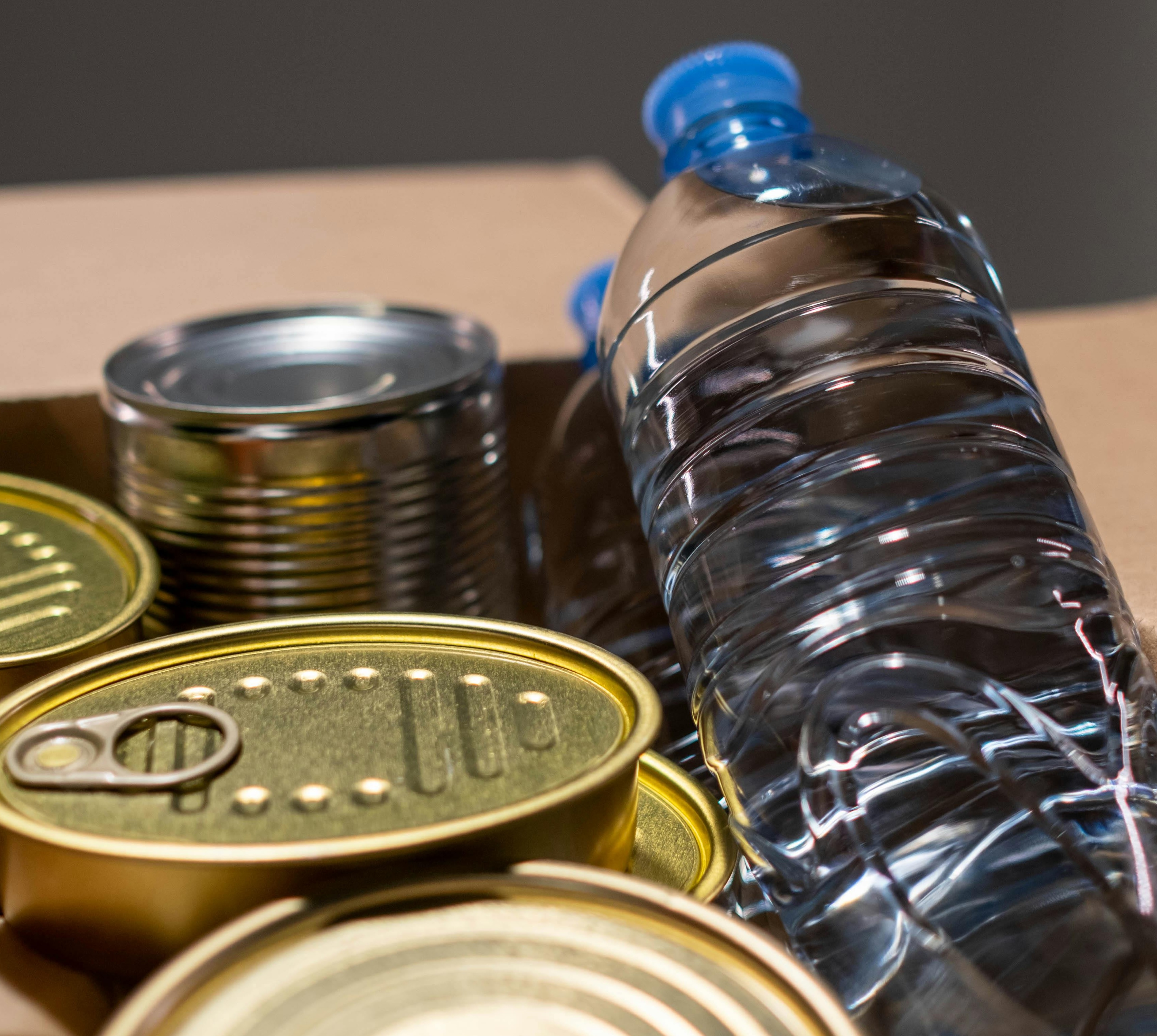Disaster Preparedness
go.ncsu.edu/readext?1047365
en Español / em Português
El inglés es el idioma de control de esta página. En la medida en que haya algún conflicto entre la traducción al inglés y la traducción, el inglés prevalece.
Al hacer clic en el enlace de traducción se activa un servicio de traducción gratuito para convertir la página al español. Al igual que con cualquier traducción por Internet, la conversión no es sensible al contexto y puede que no traduzca el texto en su significado original. NC State Extension no garantiza la exactitud del texto traducido. Por favor, tenga en cuenta que algunas aplicaciones y/o servicios pueden no funcionar como se espera cuando se traducen.
Português
Inglês é o idioma de controle desta página. Na medida que haja algum conflito entre o texto original em Inglês e a tradução, o Inglês prevalece.
Ao clicar no link de tradução, um serviço gratuito de tradução será ativado para converter a página para o Português. Como em qualquer tradução pela internet, a conversão não é sensivel ao contexto e pode não ocorrer a tradução para o significado orginal. O serviço de Extensão da Carolina do Norte (NC State Extension) não garante a exatidão do texto traduzido. Por favor, observe que algumas funções ou serviços podem não funcionar como esperado após a tradução.
English
English is the controlling language of this page. To the extent there is any conflict between the English text and the translation, English controls.
Clicking on the translation link activates a free translation service to convert the page to Spanish. As with any Internet translation, the conversion is not context-sensitive and may not translate the text to its original meaning. NC State Extension does not guarantee the accuracy of the translated text. Please note that some applications and/or services may not function as expected when translated.
Collapse ▲Food and Water Supply
As the saying goes, expect the best, but plan for the worst. In Madison County, we know a little of what the worst possible scenario can look like due to Hurricane Helene.
Let’s review how to be as prepared as we can during a disaster, especially when it comes to our food and water supply.
WATER
When the threat of a disaster is imminent, fill your bath tub, and any other large containers that you have in the house, with water. This water can be used in the event of the loss of electricity to flush toilets, bathe, wash dishes, and clean.
Water for ingestion should be stored in sanitized food-grade plastic or glass containers with tight-fitting lids, such as beverage containers like 2-liter soda or juice bottles. Avoid using milk containers because they can be hard to clean before filling with water.
Store enough water to allow each person in the household to use 1 gallon per day. Increase the amount stored for children, sick people, and nursing mothers in the home. Store a quart to a gallon per pet per day, depending on its size.
Store at least a 3-day supply of water. If you have the space, consider storing a two-week supply.
If your drinking water comes from a public supply, no chemical disinfectant is needed. If the water you are storing comes from a private well, spring, or other untested source, purify it before storage to kill pathogens.
Purifying Drinking Water
- Coffee filters can remove sediment before purifying water.
- Water boiled for at least one minute can be stored in a suitable container.
- You may also disinfect water with bleach. Use 16 drops from a medicine dropper or 1 ⁄ 4 teaspoon of chlorine bleach (5%–6% sodium hypochlorite) for each gallon of water. If the water is not clear even after filtering, double the amount of bleach.
Storing Drinking Water
- After containers have been filled with clean water, label and date them.
- According to the CDC, your stored water should be replaced every 6 months. Observe expiration dates for store-bought water.
- Direct heat and light can slowly damage plastic containers, so they should be stored in a dark, cool, and dry place.
- Container caps should be tightly secured.
- Store away from gasoline, kerosene, pesticides, or similar substances because vapors from these materials can penetrate plastic.
FOOD
Store at least a 3-day supply of food that doesn’t require refrigeration or cooking. Having enough food for a week or more is even better.
So as not to strain your budget, gradually build your emergency supplies. If not needed, consume and replenish them within a year. Canned goods will remain safe to eat after then, but quality diminishes.
Here are some ideas for each meal.
Breakfast
- Packaged fruit
- Shelf-stable milk
- Tea bags, instant coffee or ground coffee beans
- Ready-to-eat cereals or breakfast bars
- Crackers with honey and nut butter
- Nuts and seeds
Lunch/Dinner
- Shelf-stable meats, fish or poultry
- Canned beans
- Canned soup or other ready to eat shelf-stable meals
- Canned vegetables
Snacks
- Packaged fruit
- Ready-to-eat cereals
- Nuts and seeds
- Crackers
- Breakfast bars
- Jerky
- Trail mix
- Packaged prepared pudding
- Chocolate
If your disaster kit contains a cooking source, such as a camp stove, propane grill or a wood burning stove, there are more meal options. Consider adding:
- Spaghetti sauce
- Pasta
- Macaroni and cheese
- Rice
- Hot cereal
- Shelf-stable vegetables, like potatoes and winter squash
Pet Food
- Have enough dry and/or canned food to meet the needs of your pets for 3-7 days.
Hopefully you’ll never need your emergency food supply. However, having it is like having insurance. It brings peace of mind and if you are faced with an unfortunate disaster, it makes your life more manageable.
Source: CDC




